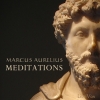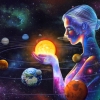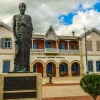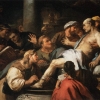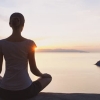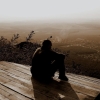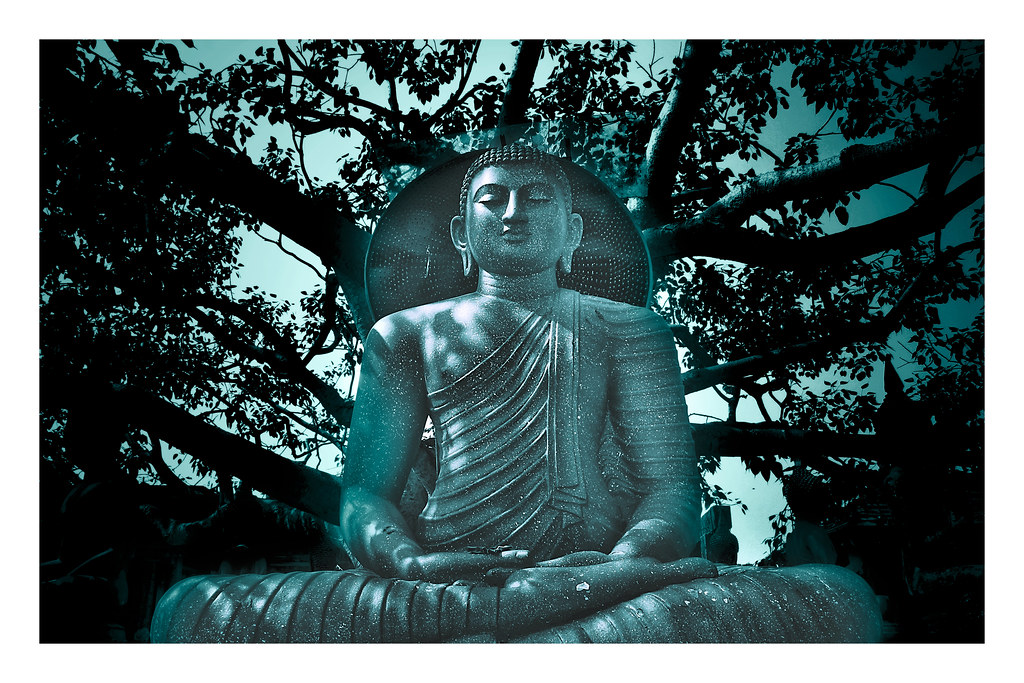
The western world fell in love with Buddhism during the 20th century. The practice of meditation, self-control, psychology of healing, were just a few of the many subjects that attracted westerners.
Today, it is very easy to find books on Buddhism. Some more recent, others a compilation of quotes from 25 centuries ago. Some will teach you how to meditate, others will tell you stories about how Buddhism has transformed someone’s life.
I have selected 6 books I find essential if you want to dig deeper into this “method”. Let me tell you a little bit of each one of them.
The Dhammapada
I will start with the beginning. It may sound funny but let me explain. Buddha did not leave any of his teachings written down. His followers were the ones, long before he died to write his teachings in the form of quotes.
Basically, the Dhammapada is the closest you can get to Buddha in terms of knowledge. There are many translations. I strongly recommend you take a look at a couple before choosing yours. They must be easy to read, but not necessarily to understand. Comprehending the scope of each quote is part of the Buddhist method.
Bardo Thodol (the Tibetan Book of the Dead)
Death and rebirth are very important concepts to Buddhist philosophy. They are core events that materialize impermanence and help us exercise detachment. This is also a compilation of remaining parts of a greater book about Tibetan Buddhism, fragments of which were found in the 14th century.
The focus of the book ison the experience of death itself and the transitory stages between lives and rebirth. If this is an aspect you are interested in, this book is for you. It explains the traditions and rituals that used to be practice and some still are.
I must confess I was driven to this book by Carl Jung. I am very fond of his psychology and I tend to pay attention to what he has to say about books and theories.
“For years, ever since it was first published, the Bardo Thodol has been my constant companion, and to it I owe not only many stimulating ideas and discoveries, but also many fundamental insights.” Carl Jung
The Tibetan Book of Living and Dying
This is a book that aims to share the Tibetan Buddhism wisdom with its reader. It was compared by the New York Times with Dante’s Divine Comedy. It is easy to notice the author used the Bardo Thodol as much as the Dhammapada as a foundation for this work.
It covers principle Buddhist themes like impermanence, mind, meditation, karma, rebirth and death as expected. The book tries to be a guidebook for its reader, without leaving important explanations out of it. It teaches how to die and how to help others die. It therefore teaches about compassion. That part reminds me of Mother Teresa of Calcutta, she cared about the ones dying. She used to say no one should die alone without knowing they are loved.
Mahamudra – How to Discover Our True Nature
Mahamudra means “the great seal”, it is a kind of meditation that places the mind on true emptiness so that a person is capable of reaching their imprint, understanding who they are and what is their purpose.
The author explains Mahamudra in the opening of the book with an anecdote: “When you lend me one hundred dollars, we make a contract and we seal it, don’t we? It shows: “Next year I have the obligation to pay you back.” You have the document as a guarantee. However, this seal, this great seal, is not a physical seal made in a factory. It is the universal reality of emptiness, nonduality, non–self-existence. It exists in all phenomena, including sentient beings.”
Zen in the Art of Archery
Zen is contemplative meditation. In this book a German philosophy professor tells his own experience with Zen and what he learned in the 6 years he spent in Japan, where he learned the art of archery.
It was written in 1953 and it is so up to date. It is possible to see it being applied to many other “arts”. It is actually about how mastering yourself will help you master any other ability you wish to develop.
The Art of Living
Thich Nhat Hanh is a well-known monk, representative of Buddhism all over the planet. He is a pacifist and prohuman rights. He is highly respectful of human life. This book is just one of many he has written. He focuses on practicality and application .
It can also be seen as a guidebook to developing the steps in the ‘middle way’ or ‘middle path’ proposed by Buddha. When he calls it ‘Art’, it shows it is something built from love, to be appreciated by humankind and is something to be mastered. He is talking about living and not surviving.



